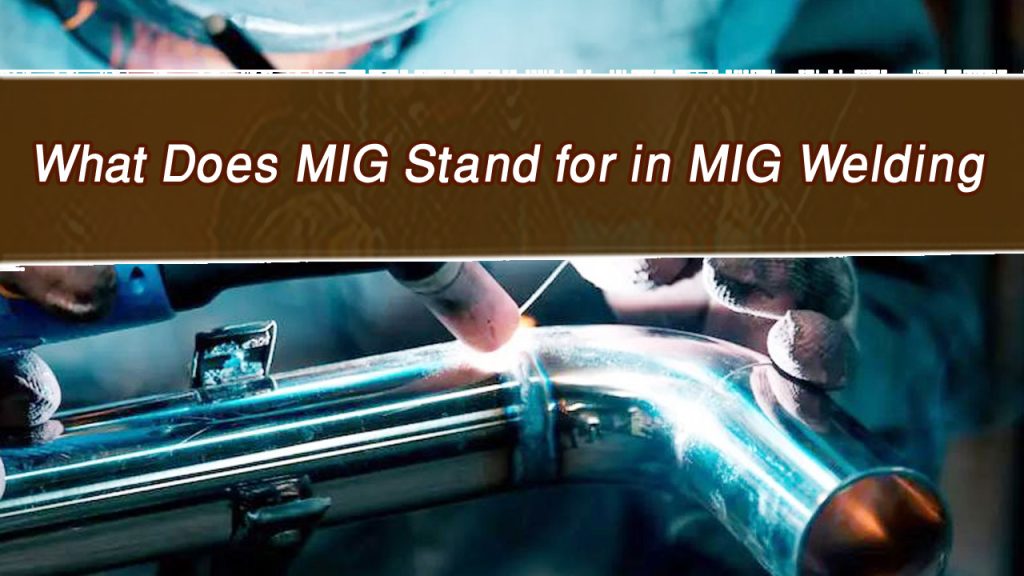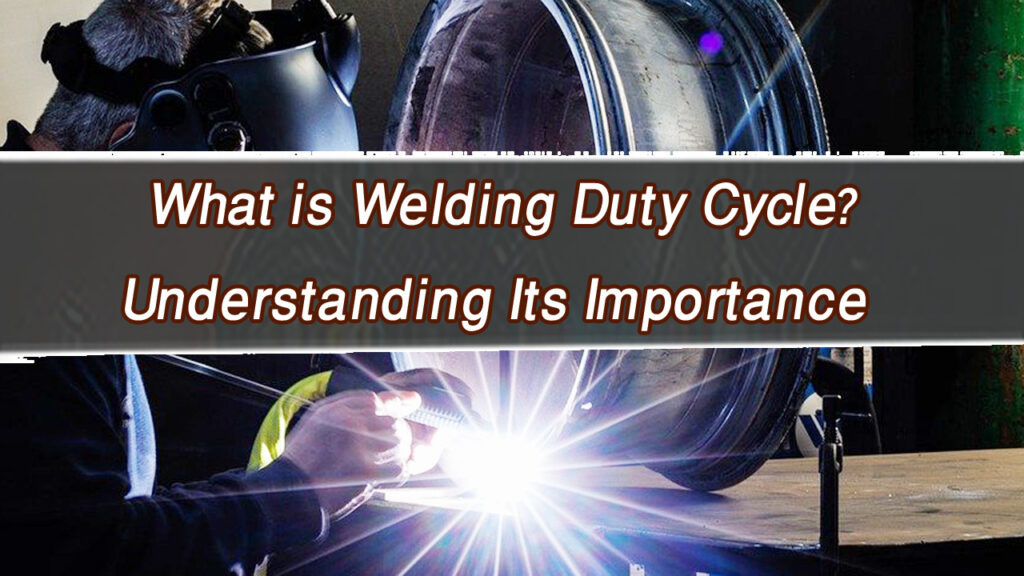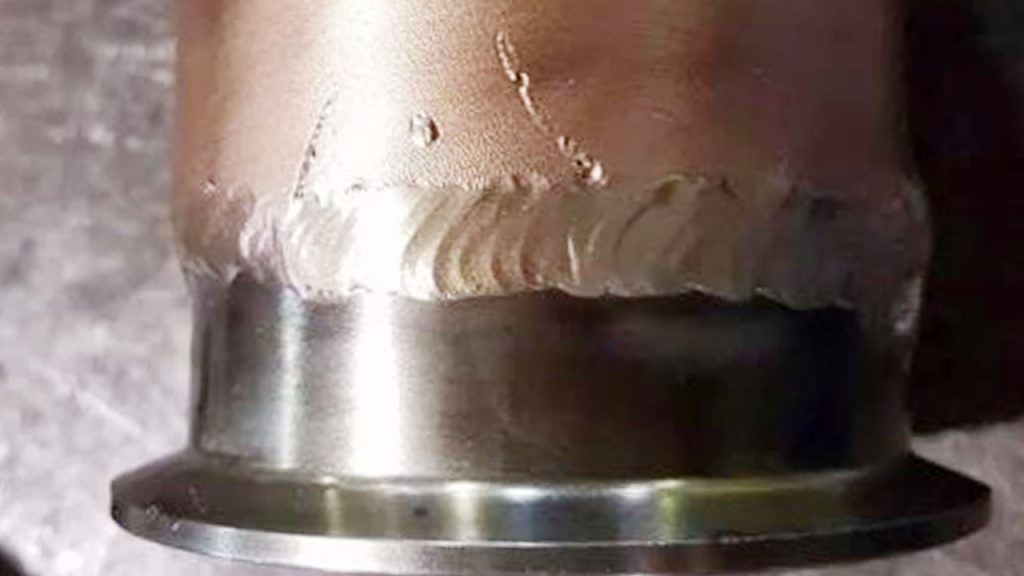If you’ve ever wondered whether it’s possible to weld stainless steel to carbon steel, the short answer is yes. However, it’s not as straightforward as welding two pieces of the same metal. It requires a bit of knowledge, the right equipment, and the correct techniques to ensure a strong, durable, and safe weld.
When I first explored welding these two metals together, I realized how important it is to understand their differences and challenges. This guide will walk you through everything you need to know, whether you’re a beginner or someone with welding experience.

Image by easiahome
Understanding the Metals: Stainless Steel vs Carbon Steel
To successfully weld stainless steel to carbon steel, it helps to understand the unique properties of each metal.
Stainless Steel
- Composition: Contains chromium, which provides corrosion resistance.
- Strength: High strength and resistance to heat and oxidation.
- Uses: Commonly found in food processing, medical equipment, and decorative structures.
Carbon Steel
- Composition: Mainly iron and carbon, making it strong but prone to rust.
- Strength: Extremely durable but less resistant to corrosion compared to stainless steel.
- Uses: Used in structural applications, automotive parts, and construction.
Can You Weld Stainless Steel to Carbon Steel?
Yes, you can weld stainless steel to carbon steel, but it requires extra care because of their differing properties. The challenge lies in managing the metallurgical reactions between the two metals during the welding process.
When the metals are heated, their different thermal expansion rates and chemical compositions can lead to issues like:
- Cracking at the weld joint.
- Corrosion due to a lack of chromium in the weld area.
- Weak bonds if the wrong filler material is used.
Factors to Consider Before Welding
Welding stainless steel to carbon steel is not a one-size-fits-all process. Here are the critical factors to keep in mind:
Choose the Right Filler Material
Selecting the correct filler material is crucial for a strong bond. Commonly used fillers include:
- 309 Stainless Steel Filler Rods: These are versatile and create a stable weld between dissimilar metals.
- Nickel-Based Filler Rods: Ideal for high-strength applications.
Manage Heat Input
Excessive heat can cause warping or cracking, especially with stainless steel. Use controlled heat input and shorter welding cycles to minimize thermal stress.
Prevent Corrosion
When stainless steel loses its protective chromium oxide layer, the weld area becomes vulnerable to corrosion. Post-weld treatments like passivation can restore this protective layer.
Match Thickness
Mismatched thicknesses can lead to uneven heating and weak welds. Try to match the thicknesses of the two metals or adjust your technique to compensate.
Welding Techniques for Stainless Steel and Carbon Steel
Different welding methods work for joining stainless steel to carbon steel. Here’s a breakdown of the most common techniques:
TIG Welding (Tungsten Inert Gas)
TIG welding is a precise method that’s ideal for small or thin welds. It provides excellent control over heat input and produces high-quality welds.
- Advantages: Precise, clean welds with minimal spatter.
- Disadvantages: Slower process and requires more skill.
MIG Welding (Metal Inert Gas)
MIG welding is faster than TIG and works well for thicker materials. Use an appropriate shielding gas mix, such as argon with a small percentage of CO₂.
- Advantages: Faster and easier for beginners.
- Disadvantages: Less control over heat input compared to TIG.
Stick Welding (Shielded Metal Arc Welding)
Stick welding is a versatile method often used for outdoor applications. It’s less sensitive to surface contamination, making it suitable for carbon steel.
- Advantages: Affordable and works in challenging conditions.
- Disadvantages: Produces more spatter and requires cleanup.
Challenges and How to Overcome Them
Cracking at the Weld Joint
- Cause: Differences in thermal expansion and contraction rates.
- Solution: Use preheating to reduce thermal stress and choose a flexible filler material.
Corrosion Issues
- Cause: Exposure to air and moisture after welding.
- Solution: Apply post-weld cleaning and passivation to restore the stainless steel’s protective layer.
Weak Weld Strength
- Cause: Using the wrong filler material or improper technique.
- Solution: Stick to recommended fillers like 309 stainless steel rods and follow best practices.
A Step-by-Step Guide to Welding Stainless Steel to Carbon Steel
Here’s a simple step-by-step approach to get you started:
Prepare the Materials
- Clean both surfaces thoroughly to remove dirt, oil, and rust.
- Ensure proper alignment to avoid stress at the weld joint.
Select Your Equipment
- Choose the appropriate welding machine, filler material, and shielding gas for the method you’re using.
Set the Parameters
- Adjust the voltage, amperage, and wire speed (for MIG) based on the thickness of the materials.
Start Welding
- Begin with tack welds to hold the pieces in place.
- Use short, controlled welds to minimize heat buildup.
Inspect the Weld
- Check for cracks, porosity, or uneven weld beads.
- Perform any necessary post-weld treatments to prevent corrosion.
Advantages of Welding Stainless Steel to Carbon Steel
- Cost-Effective: Carbon steel is more affordable, so combining it with stainless steel reduces costs without sacrificing strength.
- Versatility: This technique allows for diverse applications in industries like construction and manufacturing.
- Durability: With the right methods, you can achieve strong, corrosion-resistant welds.
When to Avoid Welding These Metals Together
While it’s possible to weld stainless steel to carbon steel, there are situations where it might not be the best choice:
- High-Corrosion Environments: The carbon steel component can corrode over time.
- Critical Applications: For safety-critical projects, consider using a single type of metal for consistency.
Applications of Welding Stainless Steel to Carbon Steel
This type of welding is widely used in industries such as:
- Construction: Joining stainless steel railings to carbon steel structures.
- Automotive: Repairing or fabricating exhaust systems.
- Manufacturing: Producing hybrid equipment that combines the strength of carbon steel with the corrosion resistance of stainless steel.
Conclusion
So, can you weld stainless steel to carbon steel? Absolutely. It’s a practical and often necessary technique, especially in industries where cost and durability are critical. By understanding the differences between the two metals, selecting the right filler material, and following best practices, you can achieve strong, reliable welds.
If you’re a professional welder or someone tackling a DIY project, this process is entirely achievable with the right knowledge and tools. Preparation and patience are key. With these tips, you’re well on your way to mastering this welding technique.
FAQs
Can I use flux-core wire to weld stainless steel to carbon steel?
Yes, but it’s not ideal for high-quality welds. A shielding gas setup is better for minimizing contamination.
Do I need to preheat carbon steel before welding it to stainless steel?
Preheating can help reduce thermal stress, especially for thick carbon steel components.
Which welding method is best for beginners?
MIG welding is the easiest method for beginners due to its speed and simplicity.
How do I prevent corrosion at the weld joint?
Apply post-weld treatments like passivation and use stainless steel fillers to enhance corrosion resistance.
Is it safe to weld stainless steel to carbon steel?
Yes, as long as you follow proper welding techniques and safety protocols.

Endow Russel the owner chief editor of giftendow.com . I am a mechanical engineer and assign to an local firm with much experience in welding and industrial equipment.

